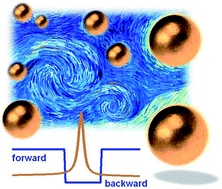Nanoscale Advisory Board member Professor Hua Zhang, an expert in the field of carbon-based materials, has picked his favourite articles recently published in this area in Nanoscale.
You can read these articles by clicking on the links below.
Nanoscale publishes high-quality community-spanning research covering the various disciplines involved with nanoscience and nanotechnology.
On behalf of the Editors-in-Chief, Chunli Bai (CAS President, NCNST, Beijing), Jie Liu (Duke), Wei Lu (Michigan), Markus Niederberger (ETH Zurich), and Francesco Stellacci (EPFL) we invite you to submit your best work to Nanoscale.
Read Professor Zhang’s Editor’s choice selection today:
Effect of N/B doping on the electronic and field emission properties for carbon nanotubes, carbon nanocones, and graphene nanoribbons
Shan-Sheng Yu and Wei-Tao Zheng
DOI: 10.1039/C0NR00002G
Properties, synthesis, and growth mechanisms of carbon nanotubes with special focus on thermal chemical vapor deposition
Gilbert D. Nessim
DOI: 10.1039/B9NR00427K
Chemical approaches towards single-species single-walled carbon nanotubes
Cai-Hong Liu and Hao-Li Zhang
DOI: 10.1039/C0NR00306A
Probing the electronic structure of carbon nanotubes by nanoscale spectroscopy
Paola Castrucci, Manuela Scarselli, Maurizio De Crescenzi, My Ali El Khakani and Federico Rosei
DOI: 10.1039/C0NR00111B
A graphene-enhanced molecular beacon for homogeneous DNA detection
Fan Li, Yan Huang, Qing Yang, Zentao Zhong, Di Li, Lihua Wang, Shiping Song and Chunhai Fan
DOI: 10.1039/B9NR00401G
Preparation of graphene by a low-temperature thermal reduction at atmosphere pressure
Wufeng Chen and Lifeng Yan
DOI: 10.1039/B9NR00191C
Single-step synthesis and magnetic separation of graphene and carbon nanotubes in arc discharge plasmas
O. Volotskova, I. Levchenko, A. Shashurin, Y. Raitses, K. Ostrikov and M. Keidar
DOI: 10.1039/C0NR00416B
Graphene nanoribbon band-gap expansion: Broken-bond-induced edge strain and quantum entrapment
Xi Zhang, Jer-lai Kuo, Mingxia Gu, Ping Bai and Chang Q. Sun
DOI: 10.1039/C0NR00273A
High purity graphenes prepared by a chemical intercalation method
Sharali Malik, Aravind Vijayaraghavan, Rolf Erni, Katsuhiko Ariga, Ivan Khalakhan and Jonathan P. Hill
DOI: 10.1039/C0NR00248H
Atomic-scale observation of rotational misorientation in suspended few-layer graphene sheets
Manoj K. Singh, Elby Titus, Gil Gonçalves, Paula A. A. P. Marques, Igor Bdikin, Andrei L. Kholkin and José J. A. Gracio
DOI: 10.1039/B9NR00256A
















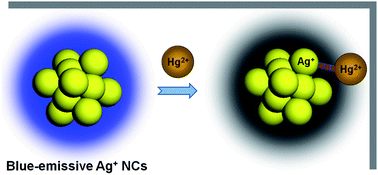
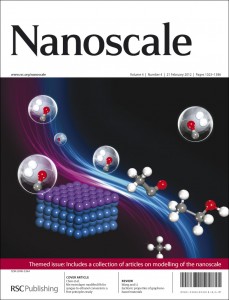
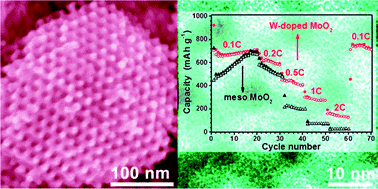
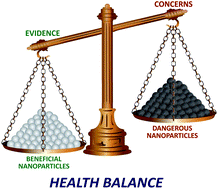 Read this highly topical feature review article today:
Read this highly topical feature review article today: